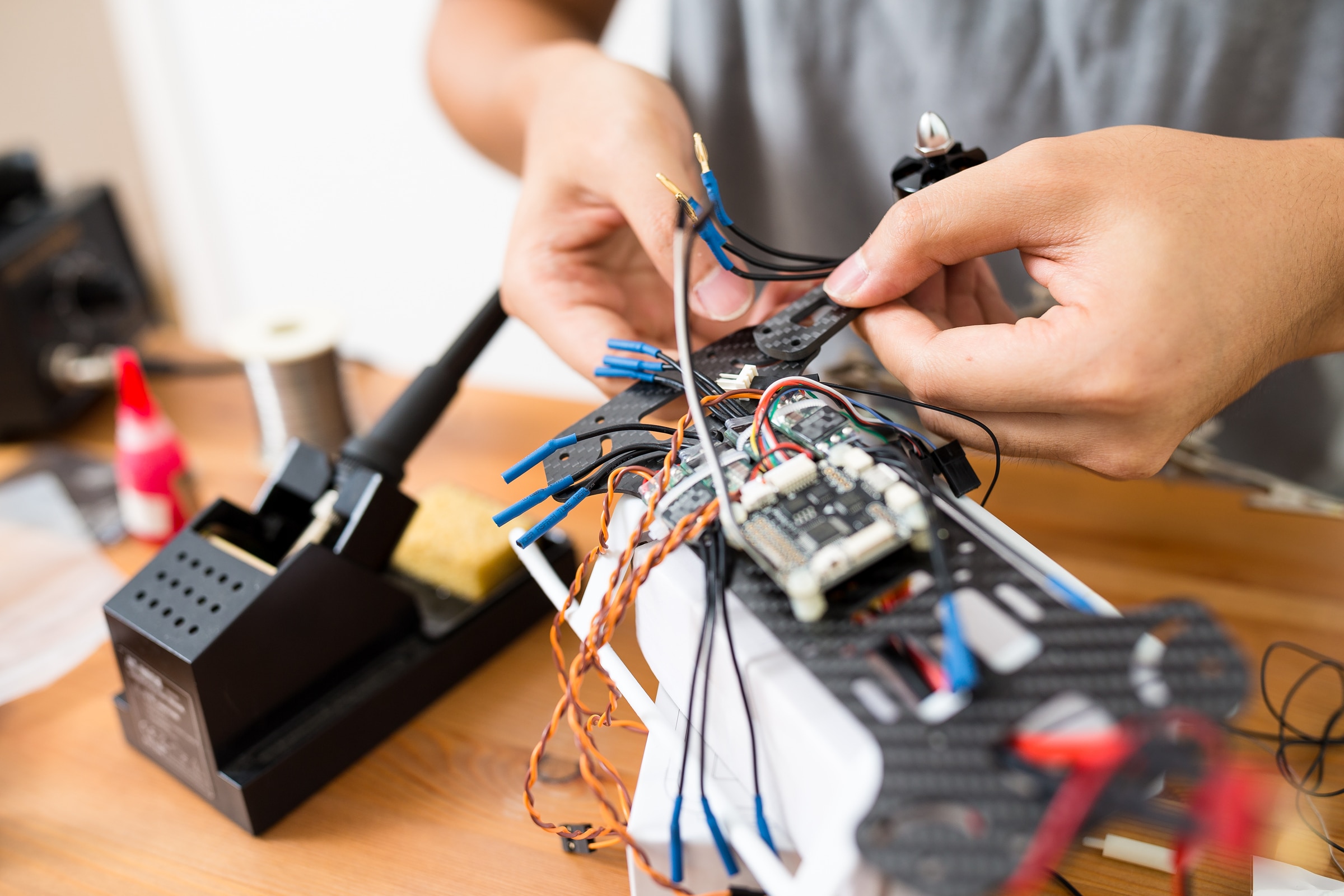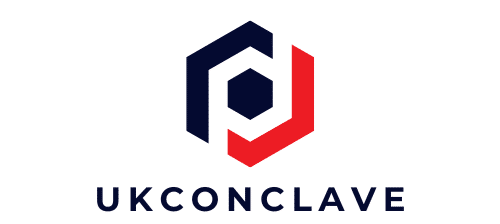What Is the Role of Drones in Enhancing Real Estate Inspections for High-Rise Buildings?

Traditional methods of inspecting high-rise buildings often entail costly, time-consuming, and risky measures like manual labor. But, as technology advances, more efficient solutions are emerging. One such solution that has revolutionized the construction and real estate industry is the use of drones. Drones offer an innovative and sophisticated approach to property inspections, particularly for high-rise buildings. Through aerial inspections, they provide a safe, efficient, and cost-effective alternative to traditional methods.
The Dawn of Drone Technology in Building Inspections
The advent of drone technology in the property inspection industry has brought about a paradigm shift in the way inspections are conducted. Previously, human inspectors had to physically inspect the property, which was not only time-consuming but also potentially dangerous in the case of high-rise buildings.
A lire également : What Are the Challenges of Real Estate Development on Brownfield Sites with Historic Contamination?
However, with the introduction of drones, inspections can now be carried out remotely. These unmanned aerial vehicles (UAVs) come equipped with high-resolution cameras that provide a bird’s eye view of the property. By capturing real-time data, they offer a more accurate and comprehensive assessment of the property’s condition.
Drones can easily access hard-to-reach areas, making them an invaluable tool for inspecting high-rise buildings’ facades and rooftops. They can conduct inspections in a fraction of the time it would take a human inspector, thereby increasing efficiency and reducing costs.
A lire également : What Are the Legal and Ethical Implications of Artificial Intelligence in Real Estate Valuations?
Enhancing Safety Through Aerial Inspections
Traditionally, inspecting high-rise buildings requires workers to physically access the site, which can often be precarious. However, drones offer a safer alternative by reducing the need for workers to put themselves in potentially hazardous situations.
Drones can fly to great heights and access tight spaces without any risk to human life. They can inspect areas that would otherwise be inaccessible or dangerous for human inspectors, such as unstable structures or areas with hazardous materials.
Additionally, drones can carry out inspections without disrupting the normal operations of the building. This means that there is no need for scaffolding, cranes or other heavy machinery, which can pose additional risks to safety.
Precision and Accuracy: The Power of Drone Data
Beyond safety and efficiency, drones also bring a high level of precision and accuracy to building inspections. Equipped with high-resolution cameras and various sensors, drones can capture detailed visual data, including close-up images of the building’s exterior, structural elements, and other key features.
This data can be used to detect potential issues such as cracks, leaks, or other signs of wear and tear that may not be visible to the naked eye. In some cases, drones can even be equipped with thermal imaging or infrared cameras to detect hidden issues such as water damage or insulation problems.
The data captured by drones can also be used to create 3D models of the building, which can be helpful for planning maintenance or construction projects.
The Potential of Drones in Real Estate Inspections
With the real estate market getting more competitive, the need for quick and efficient property inspections has never been more crucial. Drones are playing a vital role in meeting this demand.
For property buyers, drones offer a comprehensive view of the property, providing a clear picture of its condition. This allows for informed decision making, helping to avoid costly surprises down the line.
For property sellers and realtors, drone inspections can help identify any potential issues early on, allowing for necessary repair or maintenance before listing the property. This can enhance the property’s appeal to potential buyers and potentially increase its value.
The Future of Drone Inspection
The use of drones for building inspections is a clear indication of how technology is revolutionizing the real estate and construction industry. As drone technology continues to evolve, their potential in this field is expected to expand even further.
For instance, advancements in artificial intelligence and machine learning can potentially enable drones to conduct inspections autonomously. They could be programmed to recognize common structural issues and provide instant feedback, further speeding up the inspection process.
Also, as drones become more sophisticated and affordable, they will likely become a standard tool in the property inspection industry. This could lead to more widespread adoption of drones for inspections, not just for high-rise buildings, but for all types of property.
While the full potential of drone technology in the field of building inspections is yet to be realized, one thing is clear – drones are set to play a crucial role in shaping the future of the real estate and construction industry.
In conclusion, drones offer a compelling solution to the challenges associated with traditional building inspections. By providing a safer, more efficient, and cost-effective method, they are transforming the way inspections are conducted and setting new standards in the property inspection industry.
Case Study: Drone Inspections in Commercial Real Estate
A recent case study on drone inspections in commercial real estate highlights their transformative potential. A high-rise building in the heart of a bustling city was due for an inspection. The conventional approach would involve manual labor, which is time-consuming, costly, and prone to risks.
Instead, a team of experts decided to utilize drone technology. The unmanned aerial vehicle, equipped with a high-resolution camera, was deployed to inspect the property. The drone efficiently navigated the building’s exterior, capturing detailed images and collecting real-time data on the structure’s condition.
This innovative approach to building inspections had multiple benefits. Firstly, it eliminated the need for workers to physically access the building, thereby enhancing safety. Secondly, the drone inspection was carried out in a fraction of the time it would have taken a human inspector, thereby saving time and reducing costs. Lastly, the high-resolution images captured by the drone provided a comprehensive view of the building’s condition, with the ability to detect potential issues that might not be visible to the naked eye.
The high level of detail provided by the drone’s data collection was particularly useful. For instance, it was able to detect hairline cracks and minor water leaks, which could have gone unnoticed in a traditional inspection. By identifying these issues early, the building owners were able to carry out necessary repairs, thereby preventing further damage and potential costly repairs in the future.
The Impact of Drones on the Construction Industry
Drones are not just transforming property inspections; they are also making waves in the construction industry. Construction sites are typically hazardous environments, with various safety concerns. However, the emergence of drones has significantly improved safety on construction sites.
Through aerial inspections, drones offer a bird’s eye view of a construction site, enabling site managers to monitor progress and identify potential risks from a safe distance. The real-time data collected by drones helps in making informed decisions, thereby improving efficiency and productivity.
Drones equipped with thermal imaging or infrared cameras can detect hidden issues such as water damage or insulation problems in existing structures. This can be crucial in preventing potential mishaps, thereby saving time, money, and potentially lives.
In the future, we might see drones equipped with advanced AI technology that can autonomously conduct inspections, recognize common structural issues, and provide immediate feedback. This level of sophistication could bring about a significant shift in how construction sites operate, making them safer, more productive, and more efficient.
In conclusion, the role of drones in enhancing real estate inspections for high-rise buildings is evident. Through improved safety, efficiency, and accuracy, drones are revolutionizing property inspections and the construction industry as a whole. As drone technology continues to evolve, it will undoubtedly play an increasingly significant role in shaping the future of these industries. With their potential still being realized, drones offer an exciting glimpse into the future of real estate inspections and construction.
